The fashion and technology industries have long been intertwined, but few innovations have captured the imagination quite like liquid crystal fabrics. These cutting-edge textiles represent a bold fusion of science and style, offering dynamic visual properties that respond to environmental stimuli. As designers and engineers push the boundaries of wearable technology, liquid crystal-infused materials are emerging as a transformative force in smart clothing.
At their core, liquid crystal fabrics incorporate specialized molecules that change orientation when exposed to temperature variations, electrical currents, or light. This molecular dance creates striking color shifts without requiring traditional dyes or pigments. The effect resembles the iridescent shimmer of butterfly wings or the chromatic play of oil on water, but with precise technological control. What makes these fabrics particularly remarkable is their ability to transition between states while maintaining textile flexibility—a quality that eluded researchers for decades.
The development process for these materials involves embedding liquid crystal networks between ultra-thin polymer layers. This sandwich structure preserves the liquid crystals' responsive properties while providing the durability needed for wearable applications. Advanced manufacturing techniques now allow these composites to be woven, knitted, or printed like conventional textiles, enabling seamless integration into fashion designs. Some variants can even be programmed to display specific patterns or react to particular stimuli thresholds.
Beyond their visual spectacle, liquid crystal fabrics offer practical benefits that extend across multiple industries. In athletic wear, garments incorporating this technology can signal body temperature changes during workouts, providing real-time physiological feedback. For outdoor enthusiasts, jackets made with these materials automatically adjust their reflectivity based on sunlight intensity. The medical field sees potential in bandages that visually indicate wound temperature changes—an early infection warning system woven directly into the dressing.
The environmental implications of this innovation are equally compelling. Traditional textile dyeing ranks among the world's most polluting industrial processes, consuming vast water quantities and releasing toxic runoff. Liquid crystal fabrics could dramatically reduce this impact by eliminating dye requirements altogether. Their color-changing properties stem from physical structure rather than chemical additives, making them theoretically recyclable without color contamination issues that plague conventional fabric recycling streams.
Current research focuses on overcoming the technology's limitations, particularly regarding energy requirements and wash durability. Early prototypes needed external power sources for color transitions, but recent breakthroughs have yielded photothermal versions that respond to ambient conditions without added electronics. Scientists are also developing protective nanocoatings that allow liquid crystal fabrics to withstand repeated laundering—a critical milestone for consumer adoption.
Fashion houses and tech companies alike are investing heavily in this space, recognizing its potential to redefine personal expression. Imagine dresses that shift hues with body heat, or ties that subtly change patterns during business meetings. Some designers are experimenting with liquid crystal fabrics that respond to social media interactions or environmental data streams, creating garments that literally reflect digital lifestyles. This convergence of couture and computation hints at a future where clothing becomes an interactive interface.
The military and emergency services sectors have taken notice of these developments as well. Camouflage uniforms incorporating liquid crystal technology could theoretically adapt to different terrains in real time, while firefighter gear might visually indicate heat exposure levels. Such applications demonstrate how functional aesthetics could save lives in high-risk situations. Research institutions are collaborating with defense agencies to develop versions that respond to chemical agents or radiation levels.
As with any emerging technology, questions about scalability and accessibility remain. Current production costs limit liquid crystal fabrics to high-end applications, though economies of scale are expected to bring prices down as manufacturing processes mature. There's also ongoing debate about optimal material compositions, with some researchers favoring bio-based liquid crystals while others pursue synthetic variants with broader response ranges. The coming years will likely see these materials transition from laboratory curiosities to commercial products as these challenges are addressed.
What makes liquid crystal fabrics particularly fascinating is their philosophical implication for fashion's future. Clothing has always served as both protection and communication medium, but these responsive textiles introduce an unprecedented dialogue between wearer and environment. The very concept of color as a fixed property becomes fluid—quite literally—in this context. As the technology matures, we may need to reconsider fundamental ideas about textile design, garment care, and even personal identity expression through apparel.
The road ahead for liquid crystal fabrics is as dynamic as the materials themselves. With interdisciplinary teams combining expertise in materials science, electrical engineering, and fashion design, innovation cycles are accelerating rapidly. While technical hurdles remain, the potential to create clothing that interacts with its surroundings—changing not just how we look, but how we experience and respond to our environment—positions this technology as one of the most exciting frontiers in wearable innovation.
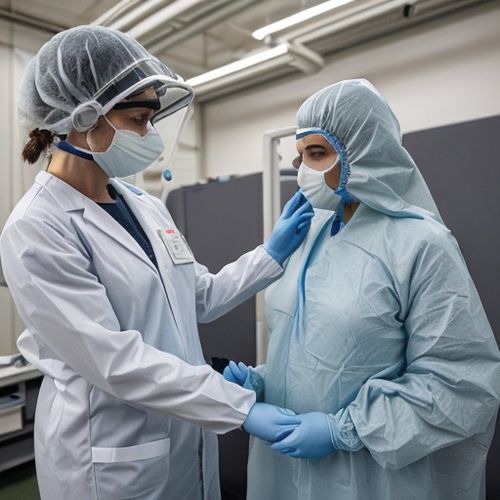
By Grace Cox/Apr 27, 2025

By Noah Bell/Apr 27, 2025
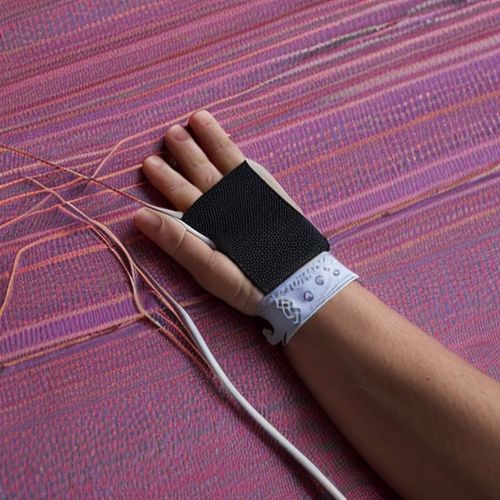
By James Moore/Apr 27, 2025
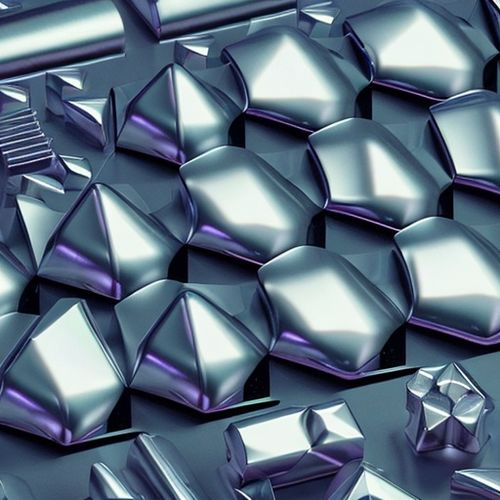
By James Moore/Apr 27, 2025

By Thomas Roberts/Apr 27, 2025
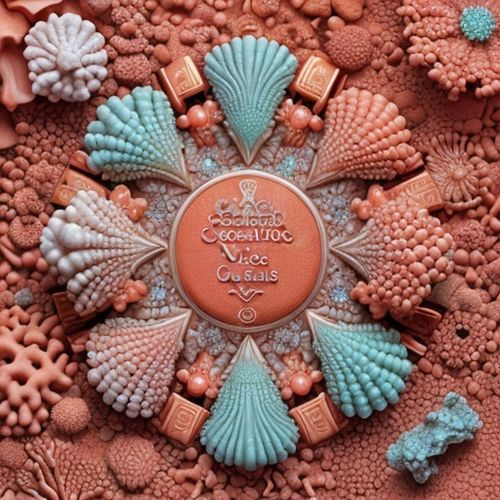
By Grace Cox/Apr 27, 2025
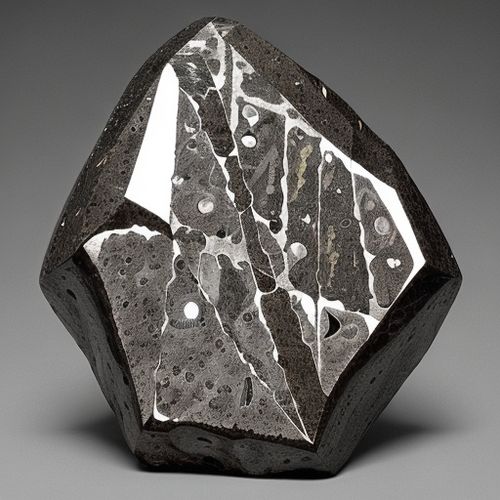
By Joshua Howard/Apr 27, 2025
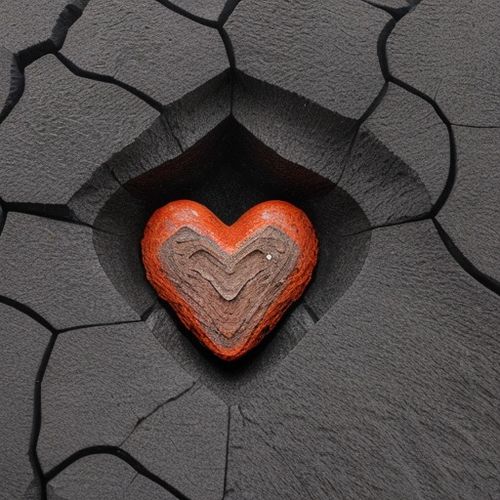
By George Bailey/Apr 27, 2025
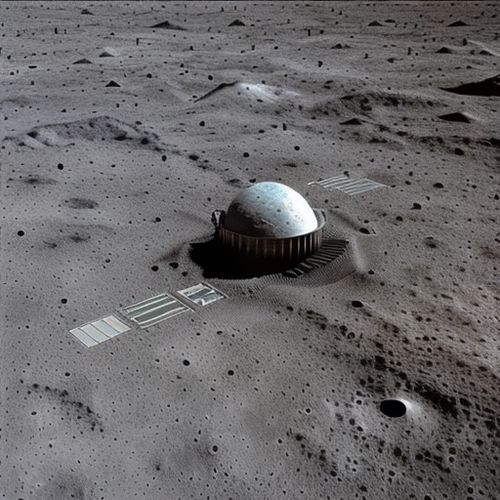
By Olivia Reed/Apr 27, 2025
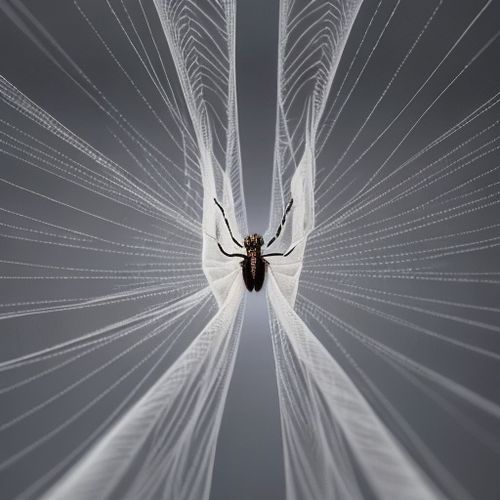
By Sarah Davis/Apr 27, 2025

By Olivia Reed/Apr 27, 2025

By Elizabeth Taylor/Apr 27, 2025
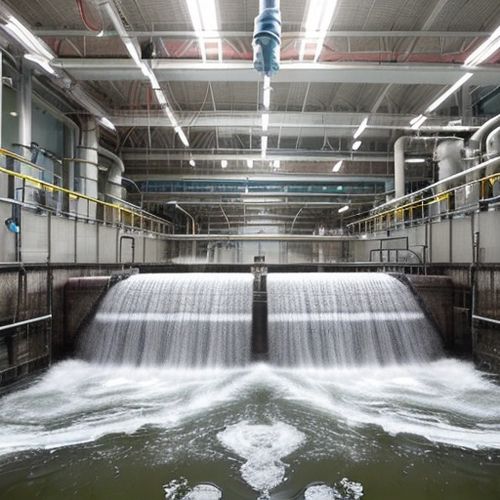
By Joshua Howard/Apr 27, 2025

By Victoria Gonzalez/Apr 27, 2025
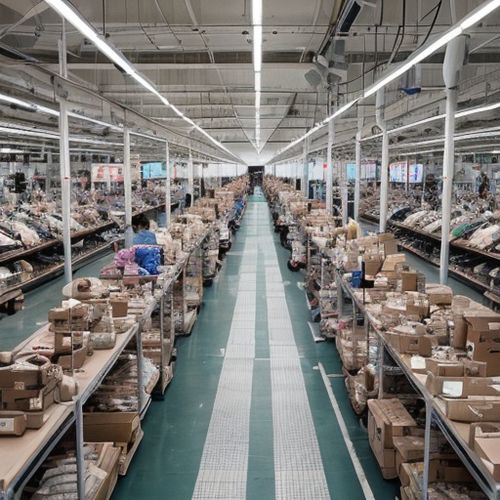
By Michael Brown/Apr 27, 2025
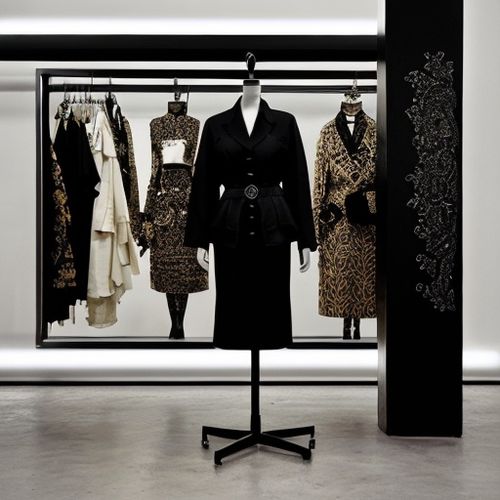
By Olivia Reed/Apr 27, 2025

By Grace Cox/Apr 27, 2025
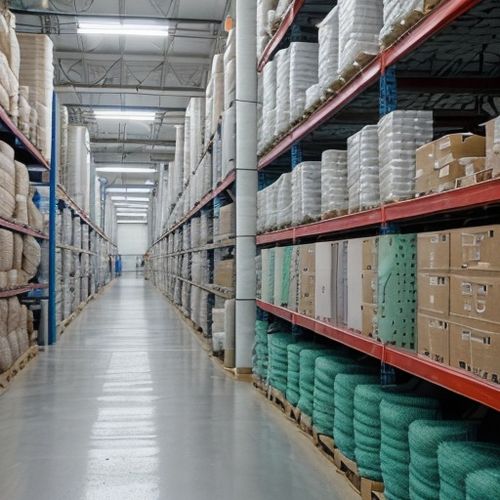
By Amanda Phillips/Apr 27, 2025
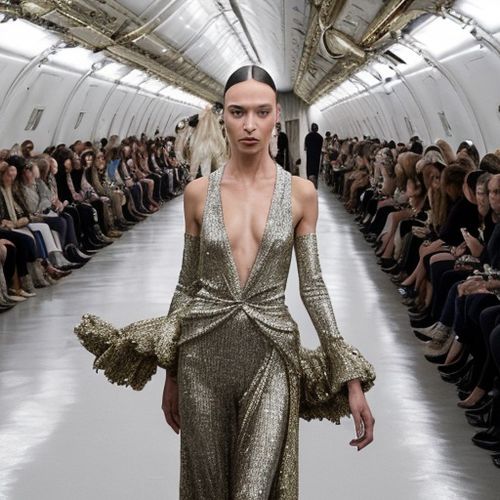
By Lily Simpson/Apr 27, 2025

By Elizabeth Taylor/Apr 27, 2025